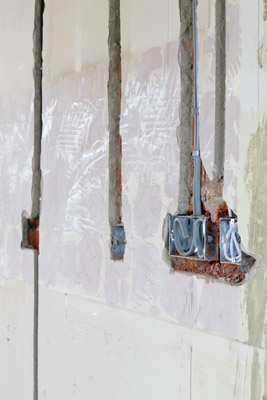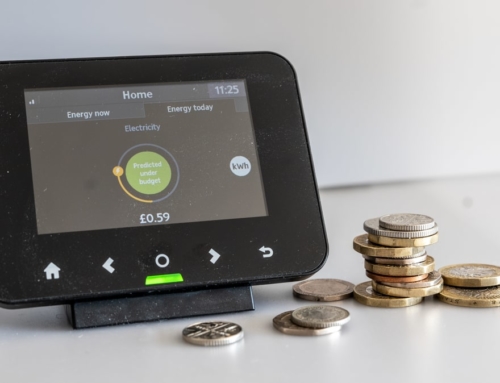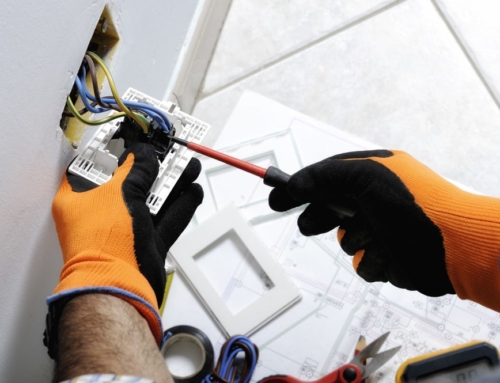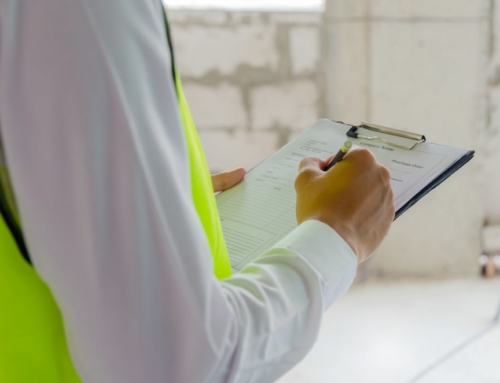
What does a first fix & a second fix mean?
We live in times when our home’s power supply is under more demand than ever. Electrical devices are essential for day-to-day tasks and communication, whatever your lifestyle or job. Most appliances and electronics will need plugging in at some point, even if it’s just for a short while to charge.
However, to meet the increased demands for electricity in the home, we must ensure our property’s wiring remains in good working condition. Old or poorly installed electrics may no longer be up to standard, and faulty wiring can be a fire risk.
If you’ve moved into a new property or are renovating your home, you may want to consider rewiring services to keep your electrics safe. House rewires typically include a ‘first fix’ and ‘second fix’, but what’s the difference between these two tasks?
Here’s everything you need to know about what is first fix and second fix electrics.
Why rewire your home?
As the demand for power increases and the more gadgets and appliances our families use, the more our homes draw electrical power from the mains. If your home’s rewiring isn’t up to the mark, you could start to experience power outages. Old electrical installations can also become dangerous and pose a risk to users if they no longer meet the latest British safety standards.
While a complete house rewire is a large job, it can add value to your property and may be necessary to ensure the safety of your home. Replacing out-of-date or faulty wiring is often requested if there are issues such as flickering lights or breakers that repeatedly trip. You may decide to undertake this project for a property renovation or if you’re extending your home and need to make sure the wiring is up to scratch.
First and second fix electrics will play a key part in the rewiring process.
What is first fix electrics?
First fix electrics relate to the preparation work that’s completed before second fix electrics in the early construction phases. In this stage of the rewiring process, your electrical contractor will install the skeleton of the wiring, helping form the foundations of the home or new space. These are the bare bones of the property’s electrical system ready for other visible components to be connected later on in the build.
First fix parts will be mostly hidden once the project is finished, so they’re installed before plastering or internal walls are completed.
What do 1st fix electrics include?
First fix electrics include the installation of cables and hidden wiring. New back boxes may also be required before any furniture or carpets are added to the property. During this stage, all the cables will be pulled through the agreed positions of built-in appliances, lighting and sockets. This is in preparation for fitting second fix electrics.
What is second fix electrics?
Second fix electrics relate to the electrical components installed once plastering work has been carried out, insulation is fitted, and internal surfaces are built. They will be part of the final touches added to a new or renovated space.
Elements such as plug sockets will be put in place, and the fuse board will be upgraded to ensure it can take the additional loading and has RCDs (residual current devices) to keep the system as safe as possible. Modern consumer units should have at least one RCD fitted to protect people from electrical accidents.
What is 2nd fix electrical components?
Components in the ‘second fix electrics’ category are those needing connecting to the cables installed behind walls and flooring. This includes elements you can see, such as visible plug sockets, switch plates, consumer units (modern fuse boards) and light fittings. New home appliances, such as electric cookers and showers, may also be fitted.
Once the main consumer unit is connected, all wiring will be tested and certificates issued. Elements such as light switches and power sockets should be safe to use at this stage as long as they’ve passed all the required tests.
How to plan for 1st fix and 2nd fix electrical installations
When planning first and second fix electricals, you’ll need to sit down with your contractor and consider the design that works best for your home and family. This should cover the elements you want and their placement, including lights and plug sockets.
These discussions should be held well in advance of the build to avoid time-consuming, expensive alterations as the work unfolds.
How long do first and second fix electrics take to complete during a house rewire?
A full house rewire may require 5 to 10 days to complete. Factors affecting the time it takes to carry out all the necessary tasks include the size of the property and whether there’s old wiring in place.
While this can seem like a long time, rewiring is often an essential upgrade required when refurbishing a property, so it’s important to get it completed rather than wait for your existing wiring to go wrong.
Who can carry out first fix and second fix electrical work?
First and second fix electrical work should always be carried out by a qualified contractor, such as an electrician. This is especially true if you’re undergoing a house rewire.
When hiring an electrical contractor, you should always ensure they’re a competent professional registered with an official body like NICEIC (the National Inspection Council for Electrical Installation Contracting).
Need an electrical first fix or second fix contactor? Speak to our team
Whether you’re based in Acton, Ashtead or Battersea, at MD Bespoke Solutions, we can help with every stage of your property rewire. As highly-trained, NICEIC-registered electrical contractors, we’ll take the time to plan rewiring services with you, offering honest advice about costs and timings.
To find out more or request a free house rewiring quote, contact us.
























